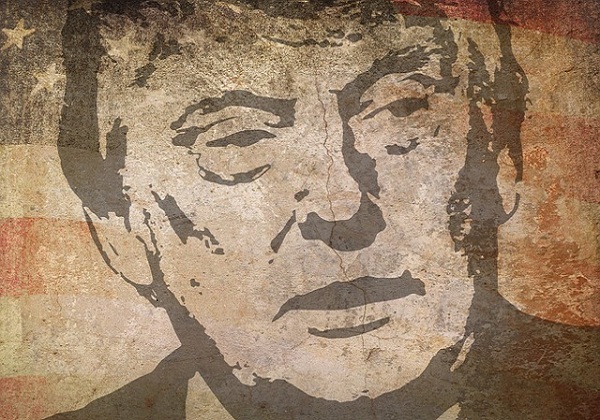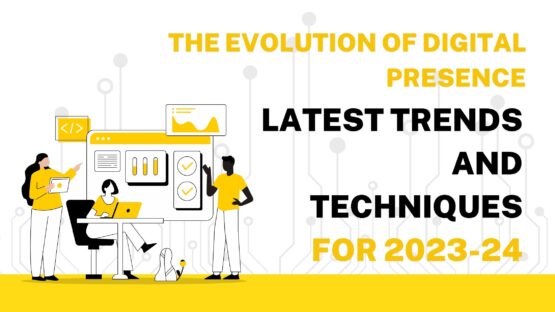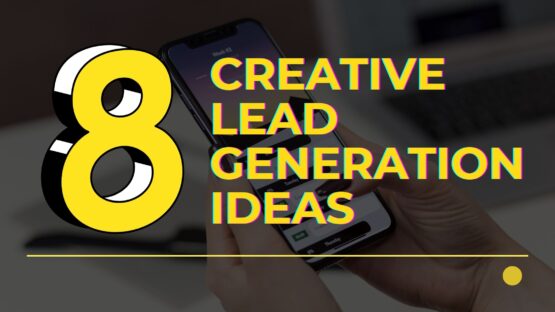Donald Trump’s victory shocked all the pollsters who predicted Hillary Clinton’s win. Many were left wondering “How could this have happened?”
Indeed. How could this have happened?
After vivisecting the election result, they came to the conclusion that Mr. Trump won because he ran a better campaign than Mrs. Clinton.
Trump’s win is historic and trendsetting – for the US politics, as well as for brands. Here are some marketing lessons that brands can derive from it:
Build a persona
A unique persona is irreplaceable. The way Donald Trump ran his presidential campaign, highlighted this once again. Trump’s mannerism, histrionics, aversion to political correctness – all were unique. Even his staunchest critic will admit that America never seen a presidential candidate like him.
#Lesson for brands: When it comes to building and upgrading brand identity, nothing matters more than uniqueness. Customers are tired of run-of-the-mill products, akin to US voters, who were tired of the archaic politics. Trump promised them something new and they jumped onto his bandwagon. Brands should do the same.
To forge uniqueness, they must
- Observe what competing brands are doing
- Stop doing any of these
- Explain why they are unique, in a way that’s hard for other brands to emulate
But even if a brand works out a distinct persona, is there any guarantee that audiences will appreciate it?
People appreciate what they can relate to. If a brand has unreceptive audiences, that means it has failed to reach the right people.
How to appeal to the right audiences?
This brings us to our next lesson.
Identify your audiences
If you look at the chart below, you could see the demographic details of Trump voters. Take a look:
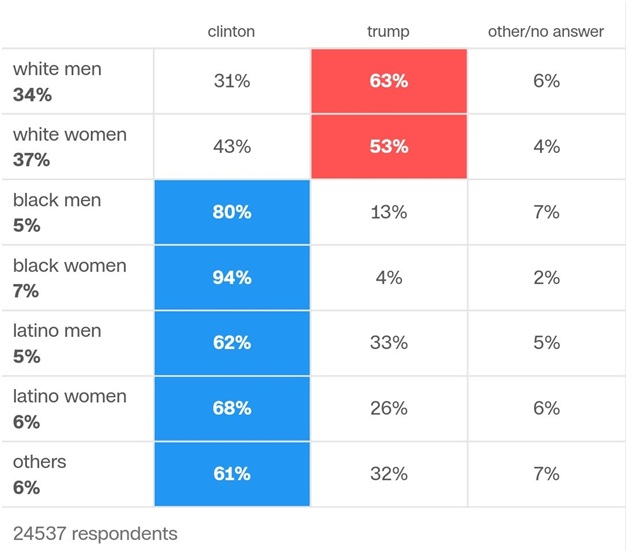
The chart above shows white men made up the largest chunk, followed by white women.
What we can derive from the chart is Trump’s biggest supporters are white people irrespective of their gender. The Atlantic analyzed Trump’s support base and came to the same conclusion. Trump correctly identified his audiences and reconciled them all through his campaign. Hillary Clinton had a strong support base among racial minorities. They voted for her on a row, but their votes didn’t translate to her win.
#Lessons for brands: The right audiences are not those who can give you business, but who can give you profitable business outcomes. Going after wrong audiences means little or no profit.
No tiptoeing
What’s fascinating about Donald Trump is he never beats around the bush. He always speaks his mind. He’s a billionaire, yet he dons a down-to-earth avatar. He doesn’t appease anyone, yet he invites people to share stage with him.
#Lesson for brand: Brands should be straightforward. Customers expect simple and straightforward interaction with brands. That being said, the interaction must be meaningful.
How to make an interaction meaningful? Once again, we can refer to Trump’s campaign.
Pick relevant issues
Unlike Hillary Clinton, Donald Trump picked issues that bother the American working class the most. One such issue was deporting undocumented immigrants because their presence in the country snatched jobs from qualified and eligible Americans.
#Lesson for brands: Picking just any issue won’t work. A brand needs to pick the most relevant issues, so that the interaction becomes meaningful. But how to figure out which issues are most relevant?
For that, brands need to understand their audiences. It becomes easy, when they are connected to them.
Connecting to people
Did Donald Trump connect to people during the presidential campaign? Yes, he did. Both knowingly and unknowingly. His pro-life stand not only resonated with conservatives, but millions of other men and women. Among the women who don’t hold a college degree, 62% voted in favor of anti-abortion.
Even the decade-old tapegate scandal failed to make a dent in his popularity. Rather it made him more popular among millennial men. They refused to take it seriously calling it nothing more than locker room banter. Take a look at the screenshot below:
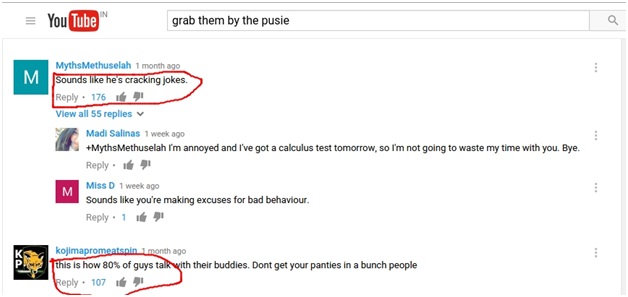
Viewers on YouTube, who normalized his behavior, received a huge number of upvotes. This implies people are ready to ignore unintentional gaffes for bigger gains.
#Lesson for brands: Audiences can excuse a brand’s mistakes if they are:
- Strongly connected to that brand
- If they feel the brand can offer services worth their money
So brands need to exhaust every opportunity to connect to customers. And after connecting to them, assure them that they can get the best service. Such well-crafted strategies can lead to meaningful interaction.
Turn challenges into opportunities
Donald Trump has been criticized and vilified by almost all major media establishments. Surprisingly, that didn’t tarnish his image at all; rather gave him a distinct publicity.
Had there been no criticism, he’d have no opportunity to justify himself and to convince people that he can fix everything wrong with America. People listened to him, not to his critics. The criticism, therefore, helped him instead of hurting his prospect.
#Lesson for brands: It’s the approach that matters. There can be mistakes, shortcomings, negative product experience, criticism and vilification from customers and non-customers alike. These are not challenges, but opportunities.
For example, if a customer is not happy with the product, an upfront apology and a discount or any other giveaways should be offered to him. This will not only pacify his anger, but invoke brand loyalty in him.
Conclusion
Donald Trump ran a simple yet steadfast campaign. He promised new things, kept claiming that he’d live up to those promises. Most importantly, he came up with the punchline “Make America Great Again” to forge uniqueness.
To garner profit, a brands can replicate his techniques.
Image Courtesy: pixabay.com

